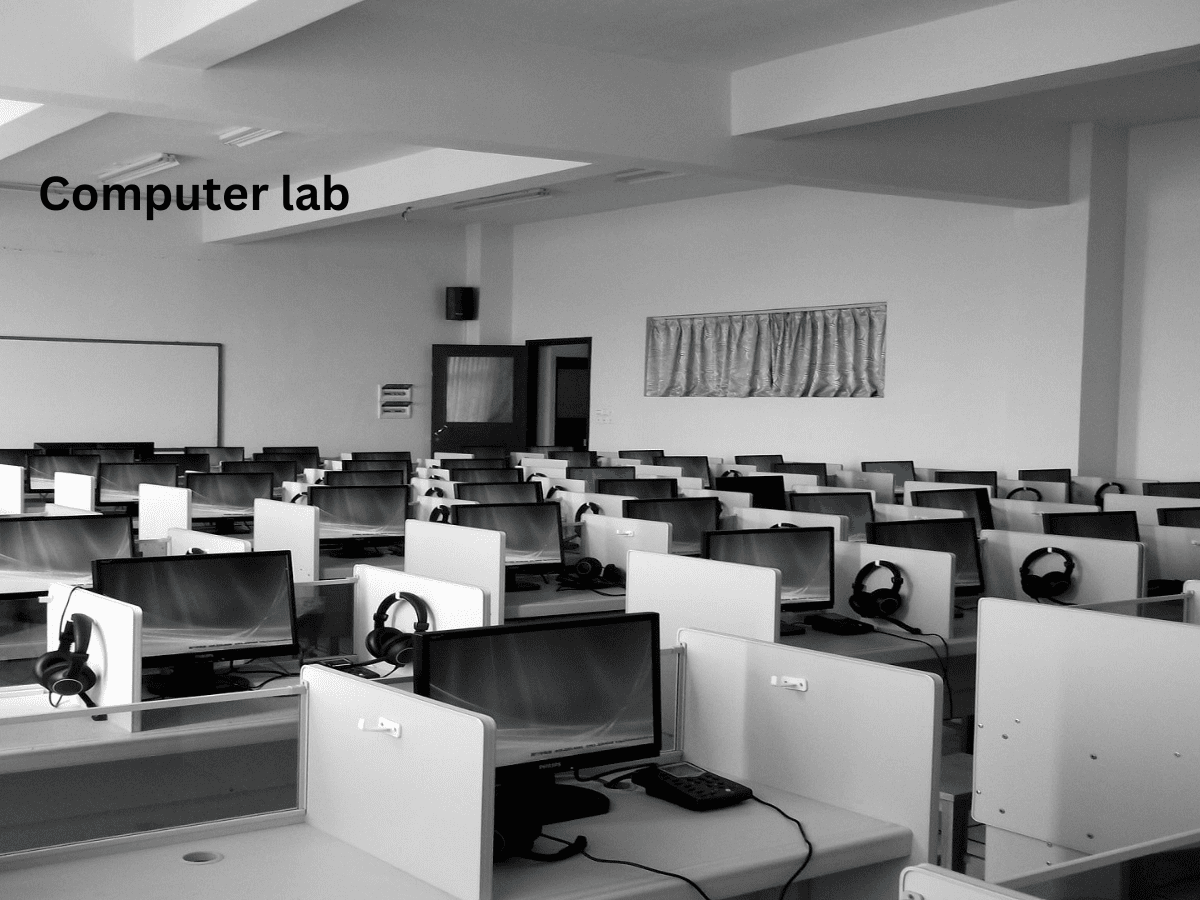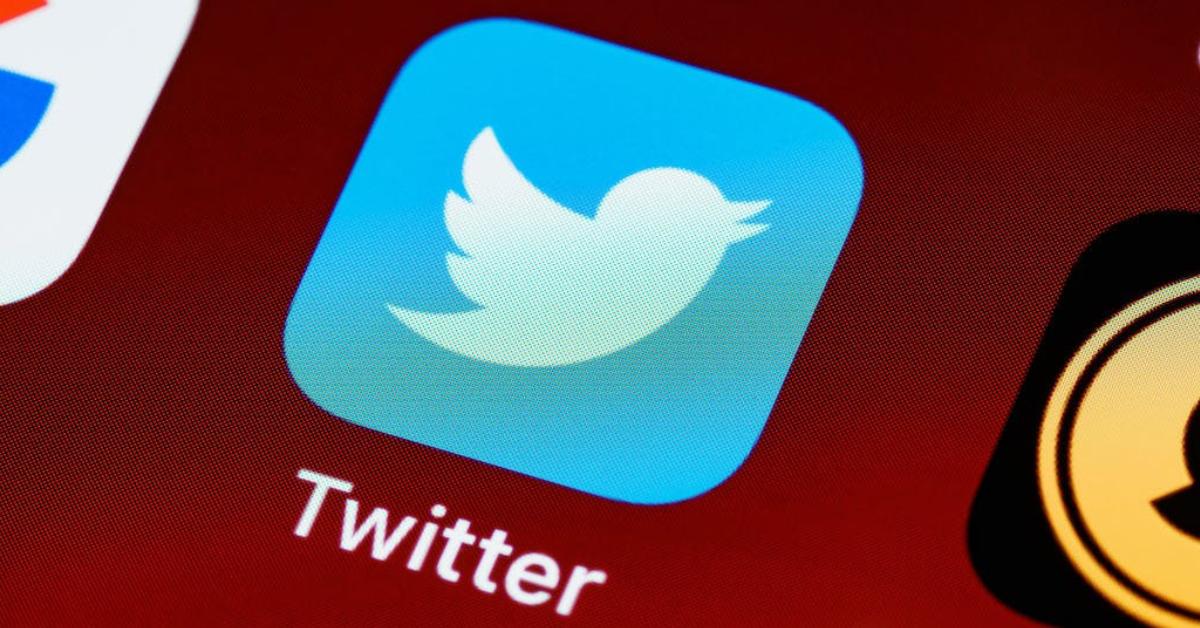A computer lab is a location where a specific community can use computer services. Typically, these are academic and public libraries. Typically, in order to keep access to the computers, users must adhere to a specific user policy. This typically entails guidelines against using computers for any illicit activity. Or making an attempt to get around any content-control or security software.
In order to provide access to the lab for more users, computer labs frequently include time restrictions. Personal login information is also frequently needed to gain access. Institutions can then monitor the user’s actions for any potential fraud. Computer labs often have rows of computers that are each equip with internet connectivity, scanners, and printers. This will provide the workstation with a comparable view to aid in lectures, presentations, and small-group projects.
Student laptops or laptop carts are use in place of computer labs at some academic institutions. Computer laboratories still have a place, nevertheless, in applications that need specialized software or equipment that is difficult to obtain on personal computers.
Purpose Of Computer lab
Despite the fact that computer labs typically serve a variety of purposes, certain labs may have machines with hardware or software that is tailor for particular operations or processes, depending on the requirements of the organization using the lab. Video editing, stock trading, 3-d computer-aided design, programming, and gis are a few examples of these specialized uses.
Due to the rise in the number of inexpensive personal computers being own, these have increasingly replace other uses for traditional desktop computer laboratories, making use of the facility only necessary when more expensive, specialist software and powerful systems are need.
Introduction
Members of the business education community and, of course, other areas of technical vocational education and training (tvet) within and outside educational institutions can share information that is essential to societal survival and growth in addition to the basic function of information and communication technology (ICT) laboratories (either skill acquisition, among others). This is acknowledge on a global scale. So the world summit on information society (wsis) (2003) released a declaration of principles. That each nation should abide by to achieve the status of an information society. These principles include increasing public awareness of ICT capabilities, and implementing ICT education and training programs.
It establishes continuous training programs for the benefit of all. Enabling the free flow of information and ideas from a variety of sources, and creating conditions for the creation, processing, and distribution of locally produced content. Eradicating illiteracy and enhancing ict literacy; bridging the digital divide. It enhances universal access through the deployment of affordable icts and interoperability. Enhancing the use of its in everyday life of the people; and making appropriate electricity power sources available.
Computer lab near me
In order to give undergraduate students the chance to engage in practical activities for the acquisition of word-processing skills. Among others, computer laboratories should be establish in addition to the inclusion of word processing. As a course in the curriculum of vocational education in tertiary institutions. Due to the low skill levels among graduates of business and home economics programs. It has become more and more important to report how often computer lab facilities are use.
an examination of the literature uncovered gaps in the majority of graduates. And including those with business and home economics degrees, have learned word processing and general ict skills. The main issue is that during their undergraduate programs. The majority of graduates were not given the chance to have direct. One-on-one access to computer resources. So the purpose of this study was to find out how much business. And home economics education uses certain laboratory supplies.
Aims of the research
Analyze the level of keyboard use and word processing instruction in business and home economics courses. Analyze the degree to which word processing and monitor usage are taught in business and home economics classes.
Find out how many word processing and printer usage are taught in business and home economics classes.
And find out how much Microsoft word is used and how much word processing is taught in business and home economics classes.
Description of theories
Ho1: in business education, there is no meaningful connection between keyboard use and word processing.
Ho2: in business education, there is no meaningful correlation between monitor use and word processing.
Ho3: there is no meaningful connection between the use of word processing and printers in business education.
Ho4: using Microsoft word and word processing in business education has no discernible association.
A survey of relevant literature
Laboratory resources offer the potential to facilitate efficient word-processing instruction. As well as general teaching and learning methods using both offline and online methods. When such laboratories have internet connectivity. Resources for successful business education learning can flourish in addition to offline word processing.
This will encourage the teaching and learning of word processing. As well as the overall teaching and learning process without the need for a physical classroom. Since there are no fixed locations or times for teaching and learnin’ it is possible to do so at any time. According to beal (2019), a keyboard is a group of keys resembling those on a typewriter that you can use to input data into a computer or other devices. The computer keyboards he mentioned resemble an electric typewriter but have more keys for typing.
Computer lab for students
In a study, lube et al. (2006) used a quasi-experimental research design with a study population of 396 humanities students who took a course in keyboarding skills. And word processing is a required module in their curriculum in the first semester. Or it’s equivalent in the second semester to investigate the relationship between keyboarding skills and self-regulated learning. The experimental group consisted of the students who attended the first-semester module. And the control group included the students who attended the second-semester module.

The results of the study’s preliminary exam, included elements including keyboarding proficiency. It use of word processing features, accuracy, as well as language, content, and context revealed that both groups had the same degree of proficiency. A different van der steen investigation (2017) investigated how keyboard-based word processing affected 54 graduate students. With varying levels of working memory during the academic writing process. The findings showed that text processing with a computer while using a keyboard had positive effects on both the quality and quantity of the writing output. According to Ketchum (2015), the primary purpose of using a computer monitor is to display output in a pictorial form that is more visually appealing.
Research techniques
The descriptive survey design was use as the research method for this study. Survey research, according to Johansson et al. (2010), examines both big and small groups. By choosing samples from the populations. And analyzing them to learn the relative occurrence, distribution, and relationships of sociological and psychological characteristics. Kothari (2019) asserts that survey design guarantees that bias is minimise and the reliability of the evidence gather is maximized. This research was conducted in Calabar, Nigeria’s cross-river state. 505 university of Calabar undergraduates majoring in business and home economics instruction were used in the study.
the sampling method was chosen for its convenience. Considering that they had spent four years on the project. The researcher was able to use graduating students thanks to the convenience sampling technique. Program and are better able to assess how the computer lab’s resources are being use and report on it. 92 respondents made up the study’s sample. Out of 505 individuals, 92 respondents were using so that the researchers could carefully observe. And examine these respondents while utilizing laboratory resources without necessarily bringing it to their attention.
Rules of computer lab
The choice to select only 92 respondents allowed for an in-depth and thorough examination of the responses. The respondents are, of course, undergraduates, whose ages range from 18 to 45. The average age of the responders was 40 for men and 52 for women. To pay for education, more than 60% of respondents rely on their parents’ or guardians’ income, while approximately 40% of respondents work primarily for pay. Through self-employment, students are able to pay for their education. However, every single one of the 92 respondents has a smartphone, giving them access to word processing outside of the classroom.
A standardized four-point scale questionnaire with 32 items was use to collect the data. It was intend to measure how much each respondent utilises the keyboard, monitor, printer, Microsoft word, and word processing in general. As a result, the following affirmative response scale was used: very great extent (vge) = 4, great extent (ge) = 3, low extent (le) = 2, and very low extent (vile) = 1. The questionnaire’s reliability coefficient was 71 after it had been evaluate by three experts. The questionnaire was given out and immediately retrieve by the engage researchers and research assistants. The completed survey was gathered, put together, and organized.
Types of computer laboratory
For the purpose of coding the questionnaire, the researchers employed coded sheets. Item-by-item analysis was conduct to find the answers to the study questions, and the weight mean average was use to assess the degree to which each item in the provide range was utilize: 01-1.4 is vile, 1.5-2.4 is le, 2.5-3.4 is ge, and 3.5-4.9 is vge. Using a straightforward linear regression analysis, the four null hypotheses were examined. If the calculated f-ratio exceeds the critical f-ratio of 2.71 and the degree of freedom is equal to 1 or 90, reject the null hypothesis. If the calculated f-ratio is less than the critical f-ratio of 2.71, keep the null hypothesis.
Read also:
Unanticipated ways that Facebook is valid for Your Company




2 thoughts on “Computer lab”